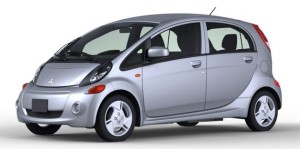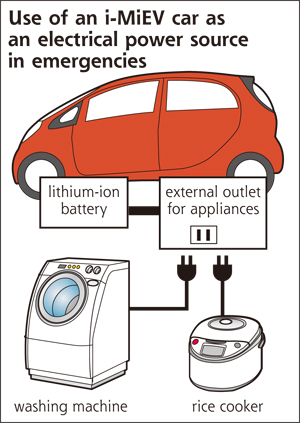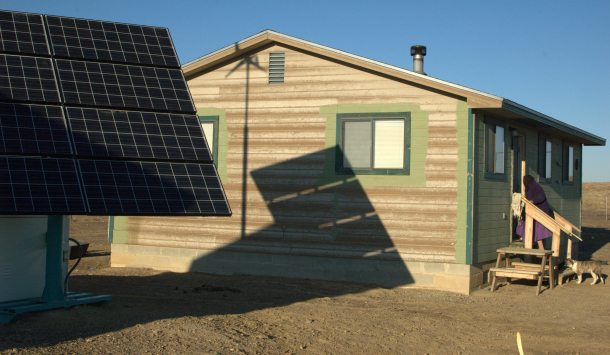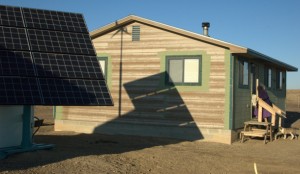Vehicle-to-grid (V2G) isn’t a new concept, and is the name given to technology which gives plug-in vehicles the ability to feed power stored in their battery packs back to the utility company at points of peak electrical demand. But we’ve yet to see the technology being implemented in mainstream electric cars – at least, not yet.
Now Japanese automaker Mitsubishi has announced that it plans to offer a device that will enable owners of its ‘i’ electric car to power domestic appliances or light a whole house from its 16 kilowatt-hour battery pack in the event of a power outage, or natural disaster like the devastating Tsunami and earthquakes which hit Japan earlier this year.

The device will work a little like computer UPS power supplies, converting the direct current (DC) battery power into 100 volts alternating current (AC) to power up to 1.5 kilowatts of electronic gadgetry, enough to power a basic rice cooker, a small heater, or any number of cellphones, laptops and radios.

Mitsubishi 'i' Emergency Power Supply
Mitsubishi claims that the total battery capacity of the ‘i’ is enough to provide nearly 1.5 days of power to an ‘average’ Japanese home, but at a full 1.5 kilowatt drain the pack would only last 10.5 hours.
In the aftermath of a major disaster however, 16 kilowatt-hours could be enough to provide basic cooking and communications power for up to a week if carefully rationed, allowing those without mains electricity a safe and reliable power source and lifeline to the outside world.
While we’re glad to see Mitsubishi provide an option for future ‘i’ owners to power their home from their car in an emergency, we’re a little disappointed the device being developed will only provide 1.5 kilowatts since it is already possible to buy portable 1.5 kilowatt inverters which run from a car’s cigarette lighter socket.
Regardless, the new device will undoubtedly provide additional functionality, allowing for devices to be run from the car’s battery pack while the car is switched off, eliminating the need to keep the car physically switched on and ready to drive while power is being drained.
As power utilities struggle to cope with the demand for electricity, expect mains power inverters to become standard features in future electric cars, especially in areas at high risk of natural disaster.
Source


 Follow
Follow

